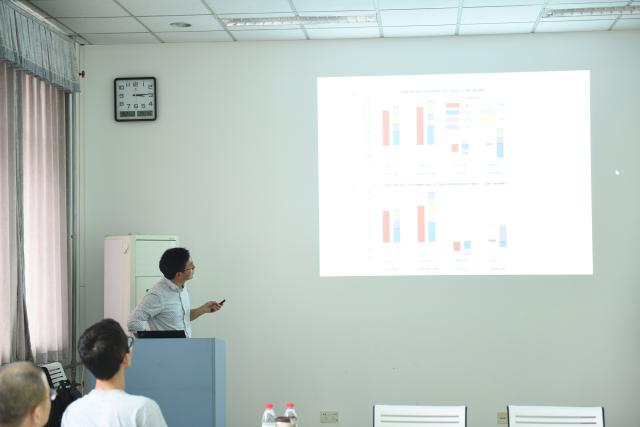主讲:罗京佳,旅澳华裔气候学者
时间:2017年9月21日,星期四,15:00-17:00
地点:物理楼北539
主持/联系:杨军
摘要:Most CMIP5 model simulations with historical radiative forcing fail to reproduce the Pacific La Niña-like cooling over the recent decades that might have played an important role in the global warming hiatus. Based on the assumption of “perfect” models, a prevailing hypothesis has suggested that errors in simulated internal climate variations may cause the discrepancy between the multi-model simulations and the observation. However, recent studies have suggested that distinct warming in different oceans in response to external radiative forcing may be crucial to driving the Pacific cooling. Here, we investigate an alternative hypothesis that common biases of CMIP5 models may deteriorate the models' ability and can also contribute to this multi-model simulations-observation discrepancy. Further efforts on reducing common model biases could help improve simulations of the externally forced climate trends and the multi-decadal climate fluctuations.
